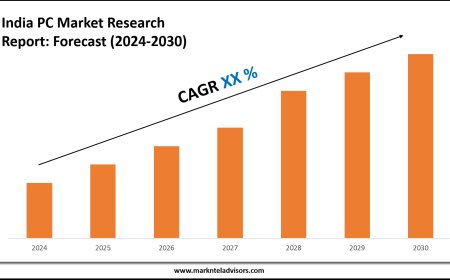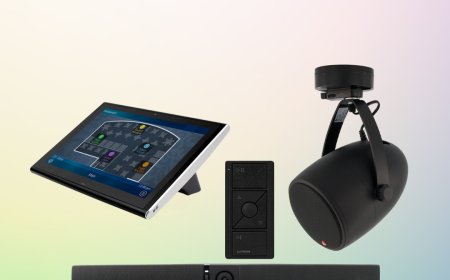Protheragen Advances Cell-Based Models Development Service
Cell-based model is a crucial tool widely used in the early stage of drug development, which is a generalized modular approach to simulate the disease pathogenesis and detect drug responsein vitroin biomedical researchof rare diseases. Our companyprovides multiple approaches and in-depth solutions to helpyou speed up the development of cell-based models in rare diseases.
Cell-based Models for Rare Disease
Cell-based models, with far-ranging applications in most drug screening and drug-target interaction mechanism studies, allow researchers to better understand how specific cell types are influenced by a rare disease, as well as provide a platform for exploring potential therapeutic interventionsin vitro. In the field of rare diseases, a variety of cell models play an important role in pathological research and drug development.
More than 80% of rare diseases are caused by genetic mutation. Genetic editing of the existing cell lines based on specific genotypes can produce models for corresponding rare diseases. Practically, HeLa cells, HEK293T and erythroid cell lines K562 have been used as models for Niemann-Pick Type C (NPC) disease, hemoglobinopathies and Fabry disease.
- Primary Cells
Since established or commercial cell lines have undergone an unknown number of passagesin vitro, they may not truly reflect the molecular dynamics of rare disease pathogenesis. The primary fibroblasts, B-lymphoblastoid cells and primary urine cells derived from individuals with rare diseases are commonly used model systems to study pathogenesis-related specificity.
- iPSCs
Induced pluripotent stem cell (iPSC)-based disease modeling is a promising strategy to circumvent the need for research resources due to the scarcity of individuals with rare diseases. The stem cells from individuals with rare diseases inherit the genetic information of their donor, allowing for a more comprehensive simulation of pathogenesis when iPSCs are directed to be differentiating into certain cell types.
Even though rare diseases are difficult to determine due to the low prevalence, the above different cell models can not only complement each other, playing a linkage role in the study of disease mechanisms, but also provide more options for developing novel and specific therapeutic plans for individuals with rare diseases.

Our Services
Cell-based models are good platforms to recapitulate the physiological situation of an organismin vitro.Our companyhasa mature cell model establishment system that provides you with an experienced team and necessary resources to support the development of cell-based models for rare diseases. Our services include but are not limited to:
Cell Line Development Service
- Cell Immortalization
- Knockdown/Knockout Cell Lines
- Fluorescent Cell Lines
Primary Cell Development Service
- Primary Cells Isolation Service
- Primary Cells Culture Service
- Primary Cells Identification Service
iPSC Development Service
- iPSCs Reprogramming Service
- iPSCs Culture and Transfection Service
- iPSCs Genome Editing Service
- iPSCs Differentiation Service
With rich project experience and professional researchers in cell biology, our companyoffers you with a range of cell modeling services to assist you to study the unresolved mechanisms of rare diseases, to screen the promising drug targets and to test new therapeutic modalities. We are committed to the project quality and escort your experiments from start to end. If you are interested in our cell-based modeling services, pleasecontact usfor more information.
Reference
- Sanchez-Duffhues G,et al. Human iPSCs as Model Systems for BMP-Related Rare Diseases.Cells, 2023, 12 (17).







































